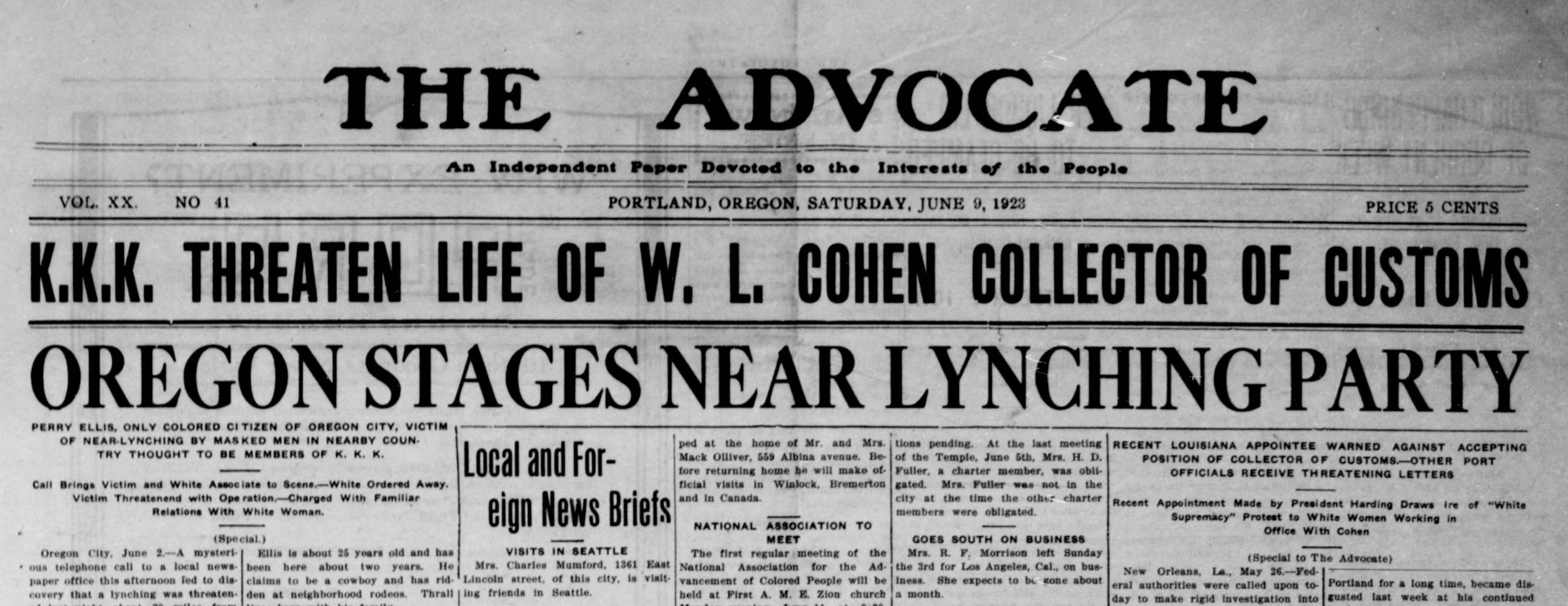Get This Report on News Articles
Table of ContentsWhat Does News Articles Mean?The News Articles PDFsWhat Does News Articles Do?The Basic Principles Of News Articles The Best Guide To News Articles
Excellent knowledge of various subjects offers trainees a competitive side over their peers. Despite the fact that digital and social networks are conveniently obtainable, we ought to not neglect exactly how vital it is to check out the newspapers. Moms and dads must try and instill the practice of reviewing a newspaper as an everyday routine to continue the tradition of the adored print medium.News stories also include at the very least one of the following vital attributes relative to the designated target market: distance, prominence, timeliness, human interest, curiosity, or repercussion. The related term journalese is often made use of, usually pejoratively, to refer to news-style writing. Another is headlinese. Papers usually comply with an expository writing style.
Within these restrictions, news stories likewise intend to be comprehensive. Various other variables are entailed, some stylistic and some acquired from the media form. Among the larger and more reputable newspapers, fairness and balance is a significant consider offering details. Discourse is normally restricted to a separate section, though each paper might have a various general slant.
Newspapers with a worldwide audience, for instance, often tend to make use of a much more formal design of writing. News Articles.; usual style overviews include the and the United States News Design Book.
Not known Incorrect Statements About News Articles
Generally, journalists will certainly not make use of a lengthy word when a brief one will certainly do. They use subject-verb-object building and brilliant, energetic prose (see Grammar). They supply stories, examples and metaphors, and they rarely depend on generalizations or abstract ideas. News writers try to prevent making use of the very same word greater than once in a paragraph (in some cases called an "echo" or "word mirror").
Nevertheless, headlines in some cases omit the topic (e.g., "Leaps From Watercraft, Catches in Wheel") or verb (e.g., "Feline woman lucky"). A subhead (also subhed, sub-headline, subheading, caption, deck or dek) can be either a subservient title under the primary headline, or the heading of a subsection of the article. It is a heading that comes before the major text, or a group of paragraphs of the major message.

Extra signboards of any of these kinds may show up later in the article (specifically on succeeding pages) to tempt additional reading. Such signboards are also made use of as tips to the article in various other sections of the magazine or site, or as ads for the piece in various other official statement publication or websites. Common framework with title, lead paragraph (summary in vibrant), various other paragraphs (details) and call information.

Example of a hard-lead paragraph NASA is proposing another room task. The budget plan requests around $10 billion for the task.
An "off-lead" is the second most vital front page information of the day. To "hide the lead" is to start the post with background info or details of second relevance to the visitors, requiring them to check out even more deeply into a write-up than they ought to have to in order to find the vital factors.
Little Known Facts About News Articles.
Common usage is that a person or 2 sentences each form their own paragraph. Journalists normally define the organization or structure of a newspaper article as an upside down pyramid. The crucial and most interesting aspects of a story are put at the start, with sustaining details adhering to in order of diminishing significance.
It enables people to check out a subject to just the deepness that their interest takes them, and without the charge of information or nuances that they might think about pointless, yet still making that details readily available to extra interested viewers. The upside down pyramid framework also makes it possible for articles to be cut to any kind of approximate size throughout design, to fit in the space available.
Some writers begin their tales with the "1-2-3 lead", yet there are numerous kinds of lead readily available. A kicker can refer to several points: The last tale in the news program; a "satisfied" tale to end the program.
Longer articles, such as publication cover short articles and the items that lead the inside sections of a newspaper, are recognized as. Feature tales differ from straight information in several means.
Unknown Facts About News Articles
The reporter frequently information communications with meeting subjects, navigate to these guys making the piece extra personal. A function's very first paragraphs often associate a fascinating moment or event, as in an "anecdotal lead". From the particulars of an individual or episode, its sight promptly broadens to abstract principles regarding the tale's topic. The area that signals what a feature has to do with is called the or billboard.

The Editor's Tool kit: A Reference Overview for Beginners and Professionals (2001) Allan M. Siegal and William G. Connolly. The New York Times Guidebook site web of Style and Use: The Official Design Guide Made Use Of by the Writers and Editors of the World's Most Reliable Paper (2002) M. L. Stein, Susan Paterno, and R.